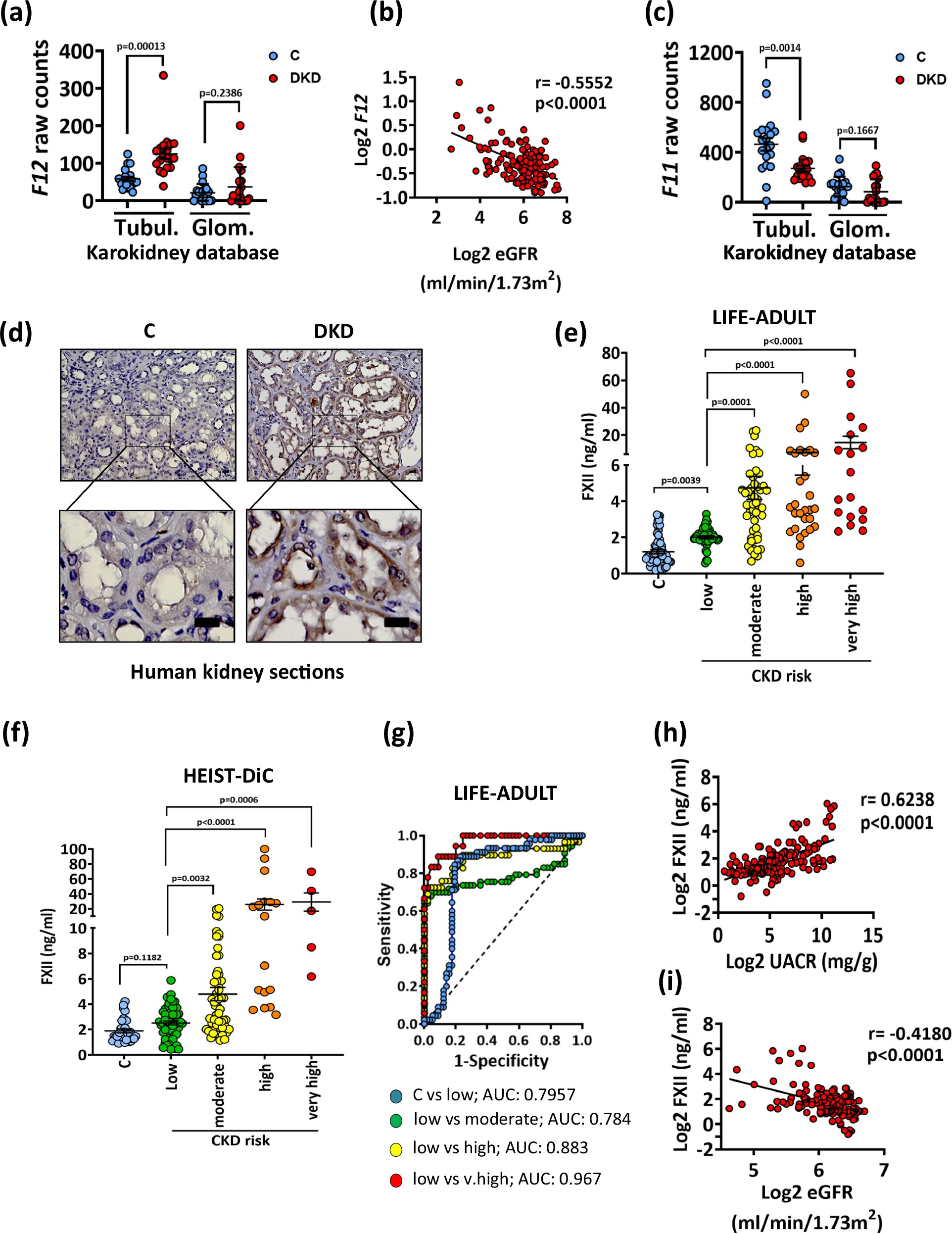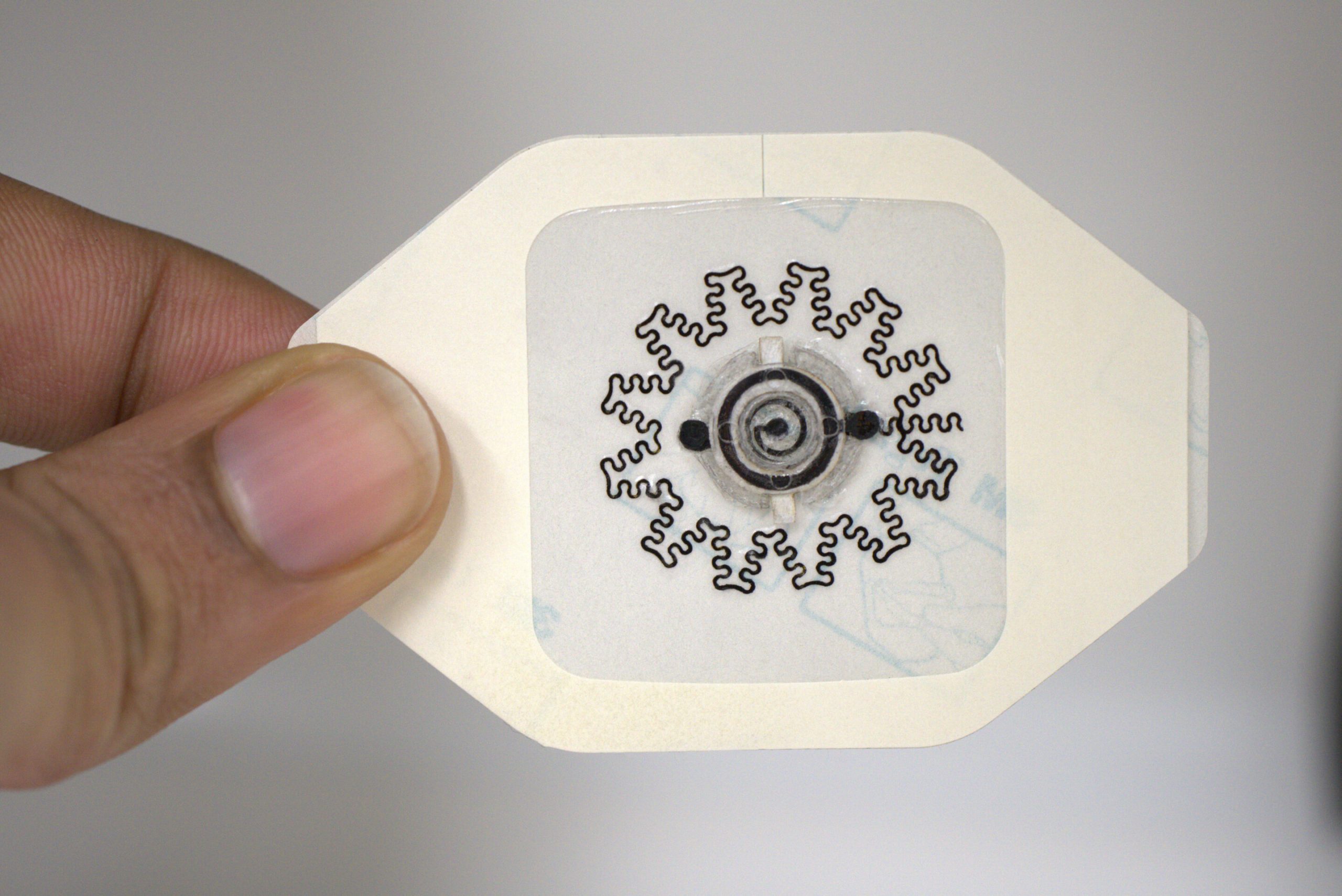
Diabetic kidney disease, a complication of diabetes, is considered the leading cause of chronic kidney disease and kidney failure worldwide. It is associated with changes in the structure and function of the kidneys and ultimately leads to kidney damage.
In a new study, published in Nature Communications, a research team at the University of Leipzig Medical Center has now identified a signaling mechanism that causes damage to kidney cells. Coagulation factor FXII (F12), also known as Hageman factor, is involved in this process.
“Its production is increased in the body when blood sugar levels are high,” says Ahmed Elwakiel, lead author of the study and scientist at the University of Leipzig Medical Center.
Independent of its normal function in blood coagulation, FXII has a different effect on the tubular epithelial cells of the kidney: through a receptor mechanism, it forms a complex with two other proteins that have different functions in the body.
This complex acts like a molecular on-off switch. It sends a signal to produce more oxygen-free radicals. This leads to oxidative stress and DNA damage in the cell. “In contrast to normal cell communication, however, the switch remains on under diabetic conditions; there is no pause button,” says Elwakiel.
In the long term, the constantly increasing oxidative damage can neither be absorbed nor repaired. The kidneys then no longer function properly and the problem worsens over time.
Coagulation factor useful as a diagnostic marker
“In our study, we show that FXII can also be detected in the urine of diabetes patients with kidney disease,” explains Professor Berend Isermann, senior author of the current publication and head of the Institute of Laboratory Medicine, Clinical Chemistry and Molecular Diagnostics.
“The concentration of FXII correlates with the severity of the disease: the higher the value, the more damaged the kidney is. This makes the value a useful diagnostic marker,” says Isermann. FXII can be detected in the early stages of the disease and is therefore an important indicator of whether treatment is likely to be successful.
To determine the presence of FXII in the human organism and how it affects diabetes, the researchers analyzed clinical values, kidney biopsies and urine samples from several human cohorts, including the LIFE Adult Study from the Faculty of Medicine at Leipzig University and the HEIST-DiC cohort from Heidelberg University.
FXII inhibition as a possible therapeutic approach
The relationship between FXII and impaired kidney function was also clearly evident in mouse models. The scientists compared the kidney function of diabetic mice that produced FXII with that of mice in which they had temporarily blocked the production of FXII. “The kidney function of the mice that produced FXII was significantly worse,” says Elwakiel.
Furthermore, inhibiting FXII production in mice with clinical signs of kidney damage largely improved kidney function. The approach discovered by the scientists could therefore also have a therapeutic outcome in cases of established kidney damage.
“Another approach would be to prevent the formation of the entire signaling complex,” says Elwakiel. In in vitro cell experiments, it was possible to stop the mechanism in this way.
According to the authors, no negative side effects on blood coagulation are to be expected from FXII inhibition. “The organism has various blood coagulation factors; it doesn’t necessarily need FXII to initiate coagulation. We know from other studies that its inhibition does not result in increased bleeding risk,” says Elwakiel.
More information:
Ahmed Elwakiel et al, Factor XII signaling via uPAR-integrin β1 axis promotes tubular senescence in diabetic kidney disease, Nature Communications (2024). DOI: 10.1038/s41467-024-52214-8
Citation:
Researchers identify signaling mechanism that damages cells in diabetic kidney disease (2024, October 10)
retrieved 16 October 2024
from https://medicalxpress.com/news/2024-10-mechanism-cells-diabetic-kidney-disease.html
This document is subject to copyright. Apart from any fair dealing for the purpose of private study or research, no
part may be reproduced without the written permission. The content is provided for information purposes only.



